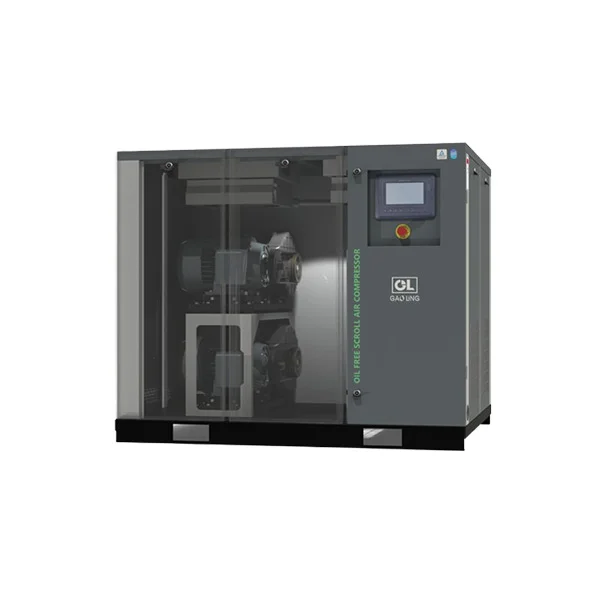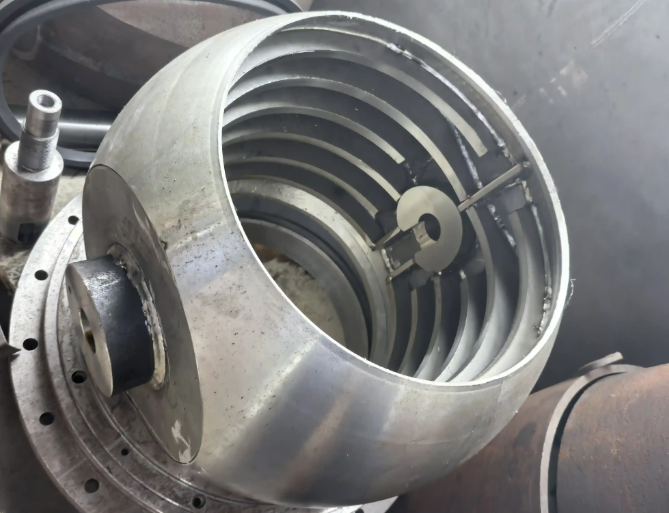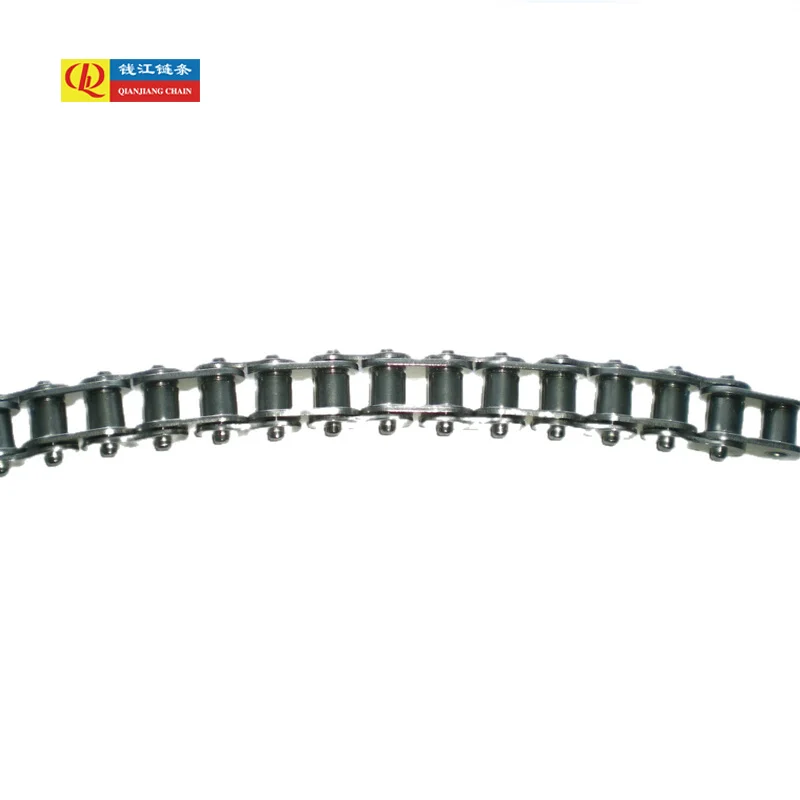Belt-type air compressors, a crucial air source commonly used in industrial production, are widely used for their simple structure, easy maintenance, and low investment costs. However, in actual production, improper operation or disregarding safety regulations can lead to equipment failure, production halts, or even personal injury. Therefore, understanding the safe operating procedures and precautions for belt-type air compressors is crucial for ensuring operator safety, extending equipment life, and improving production efficiency.
1. Basic Structure and Operating Principle of Belt-type air compressors
Belt-type air compressors primarily consist of a motor, a drive belt, a compressor body, a cooling system, a lubrication system, and a control system. Their core operating principle is that the motor drives the pulley to rotate, transferring mechanical energy to the compressor body, drawing air into the compressor, compressing it, and then releasing it through the exhaust port. During the belt drive process, a buffer is formed between the motor and the compressor, reducing mechanical shock. However, the belt tension directly affects equipment efficiency and safe operation.
Features of Industrial Belt-type air compressors
Simple structure: Easy to install, disassemble, and repair.
Easy to operate: Easy to master the operating procedures, making them suitable for small and medium-sized factories.
Low Maintenance Cost: The belt drive and easily replaceable parts reduce maintenance costs. High Safety: Compared to direct-drive compressors, belt drives reduce instantaneous shock.

2. Safety Inspections Before Operating a Belt-type air compressors
Before starting a belt-type air compressors, a comprehensive safety inspection must be performed to prevent accidents. These inspections include:
2.1 Power Supply and Grounding Inspection
Ensure that the compressor power supply voltage meets the rated requirements of the equipment and avoid voltages that are too high or too low.
Check that the equipment is reliably grounded to prevent electric shock from live motors or housing.
2.2 Belt and Drive Component Inspection
Check that the belt is intact and free of cracks, wear, or aging.
Adjust the belt tension to ensure smooth transmission and avoid slippage or belt breakage.
Check that the pulleys and bearings are tight to ensure stable operation.
2.3 Lubrication System Inspection
Check the lubricating oil level and quality to ensure adequate lubrication of the bearings and pistons.
Confirm that the oil pump and lubrication lines are unobstructed and leak-free.
2.4 Cooling System Inspection
Ensure that the heat sink and cooling fan are free of dust and that the cooling system is functioning properly. Check that the exhaust duct is clear to prevent backflow or accumulation of high-temperature gas.
2.5 Air Filter and Valve Inspection
Clean the air filter element to ensure smooth air intake.
Check that the inlet valve, exhaust valve, and pressure regulating valve are functioning properly and leak-free.
3. Belt-Type Air Compressor Safety Operation Guidelines
3.1 Startup Procedures
Ensure that the area around the equipment is free of debris and flammable or explosive materials.
Check that all protective covers and covers are in place.
Before starting the motor, run it at no load for a few seconds to confirm that the belt drive and compressor are operating normally.
After starting, observe the pressure gauge, temperature gauge, and lubrication system to ensure that all parameters are normal.
3.2 Operating Procedures
Overload operation is strictly prohibited to prevent prolonged high loads that may cause compressor overheating or belt slippage.
Avoid frequent starts and stops, and maintain stable operation within the designed load range.
Regularly check the lubricating oil pressure and level, and refill or replace the lubricating oil as necessary.
Watch for abnormal noise and vibration; if any abnormalities are detected, immediately shut down the machine for inspection. Keep the surrounding environment clean to prevent dust and foreign matter from entering the equipment.
3.3 Shutdown Procedures
Before shutting down, disconnect the load and ensure that the exhaust pressure drops to a safe range.
After shutting down, wait for the equipment to cool before performing maintenance or inspection.
Regularly drain condensate from the compressor and piping to prevent corrosion and contamination.
Clean dust and debris from the equipment surface and maintain good ventilation.
4. Precautions for Using Belt-Type Air Compressors
4.1 Personnel Safety
Operators must be trained and familiar with the structure and operating procedures of belt-type air compressors.
Wear necessary labor protection equipment such as gloves, goggles, and earmuffs when operating.
Non-operators are prohibited from approaching running equipment to prevent accidental injury.
4.2 Equipment Maintenance Safety
When inspecting or replacing parts, always disconnect the power supply and confirm that there is no residual pressure in the compressor.
Use qualified tools and parts to prevent equipment failure caused by inferior parts.
Regularly inspect bearings, pulleys, screws, and fasteners to ensure reliable operation.
4.3 Environmental Safety
The compressor should be installed in a well-ventilated, dry environment away from flammable and explosive materials.
Prevent excessive dust or oil mist from entering the equipment to prevent blockage or contamination.
Keep the exhaust duct unobstructed to prevent the accumulation of high-temperature gases and potential safety hazards.
4.4 Emergency Operation Procedures
If the compressor exhibits abnormal vibration, noise, abnormal pressure, or overheating, it should be immediately shut down and inspected.
Equip necessary firefighting equipment and emergency response measures to ensure timely response to emergencies.
Establish an equipment operation record and fault reporting system to facilitate cause analysis and prevent recurrence of faults.
5. Recommendations for Safe Operation Training of Belt-Type Air Compressors
To reduce the accident rate and improve operator quality, companies should regularly conduct safe operation training, including:
Equipment Structure and Working Principle Training: This training will help operators understand the basic structure and operation of belt-type air compressors.
Daily Inspection and Maintenance Training: This training will teach operators techniques such as belt tensioning, lubrication inspection, and filter cleaning.
Emergency Response Training: This training will simulate compressor failures and abnormal conditions to train operators in quick response. Safety training emphasizes personal protection, equipment protection, and environmental safety awareness.
Through systematic training, operators can master equipment operation and troubleshooting, mitigating safety risks at the source.
6. Conclusion
Belt-type air compressors play an irreplaceable role in industrial production, but their safe operation requires scientific operating procedures and precautions. Proper startup, operation, and shutdown procedures, as well as effective daily maintenance and environmental management, and operator safety training are all crucial measures to ensure efficient, stable, and safe operation of the equipment. Only by implementing safety regulations in every operation and maintenance process can companies maximize the service life of belt-type air compressors, improve production efficiency, and ensure employee safety.
In short, safe operating regulations are not only a fundamental requirement for equipment management but also a guarantee for efficient and reliable industrial production. Only by adhering to safety regulations, regular inspections and maintenance, and scientific operation can belt-type air compressors achieve optimal performance and create sustainable value for the company.
As a professional belt-type air compressor wholesaler, we not only provide high-quality, energy-efficient, and efficient belt-type air compressors, but also offer comprehensive technical support and after-sales service. From equipment selection and installation to daily maintenance and safe operation guidance, we offer professional solutions to help companies reduce operational risks and improve production efficiency. Whether in a factory workshop, laboratory, or industrial production line, we are committed to providing each customer with a reliable and stable air source solution, maximizing the value of belt-type air compressors in production.
www.glcompressor.com
glcompressor


More Stories
Practical Selection Strategies for Dome Valve Balls in High-Temperature Bulk Handling Systems
Conveyor Chain Selection Guide: Material, Specifications, and Load Capacity Analysis
Enhancing Security and Convenience with the Right Roller Door Opener